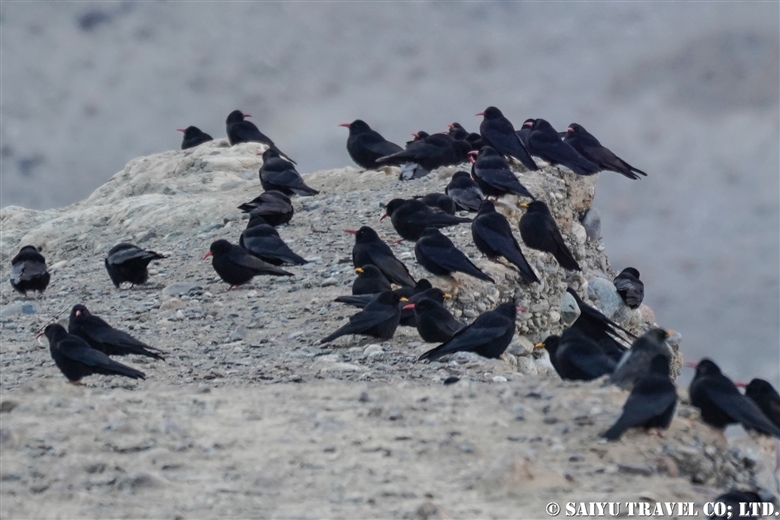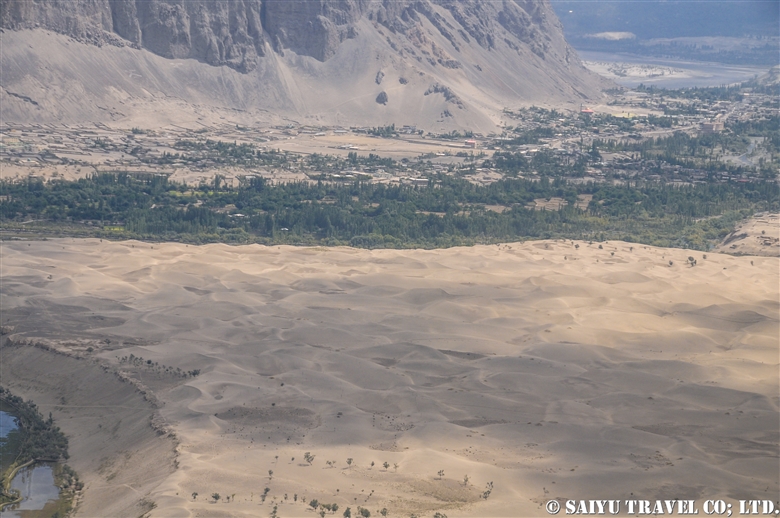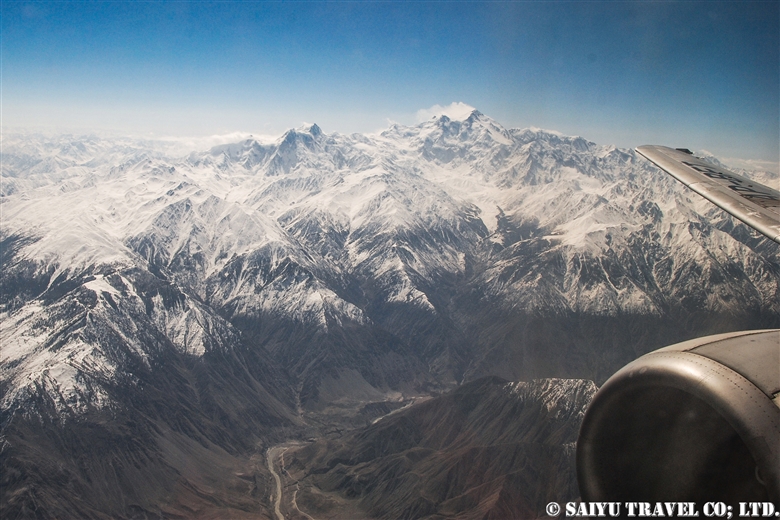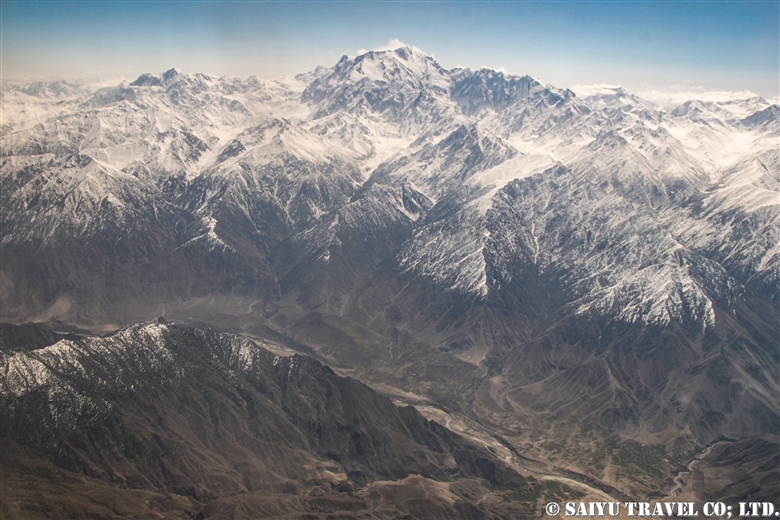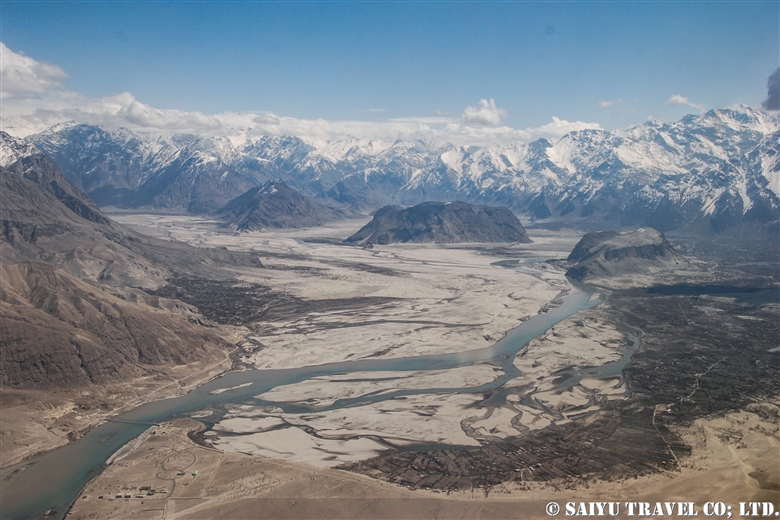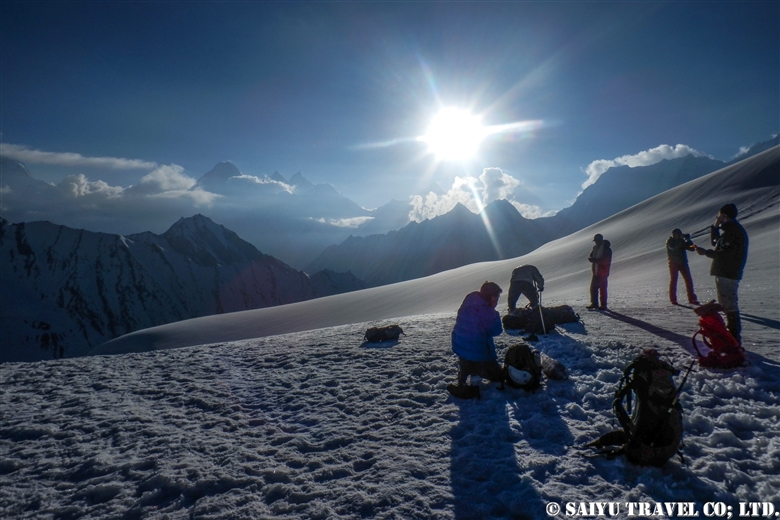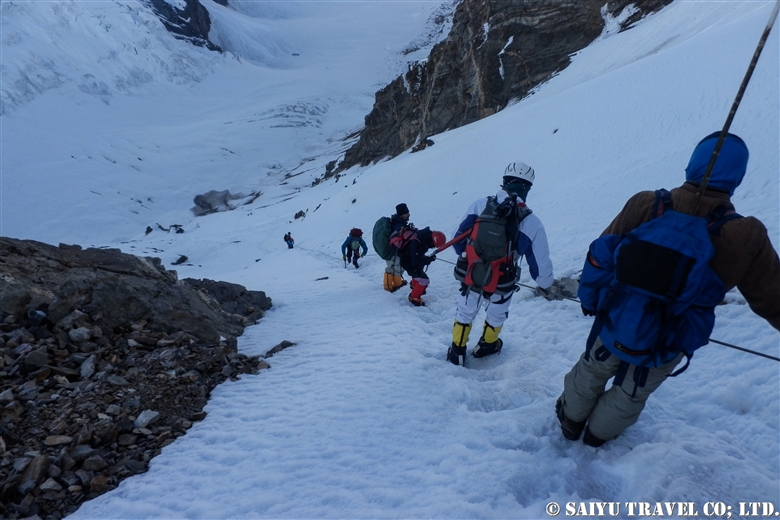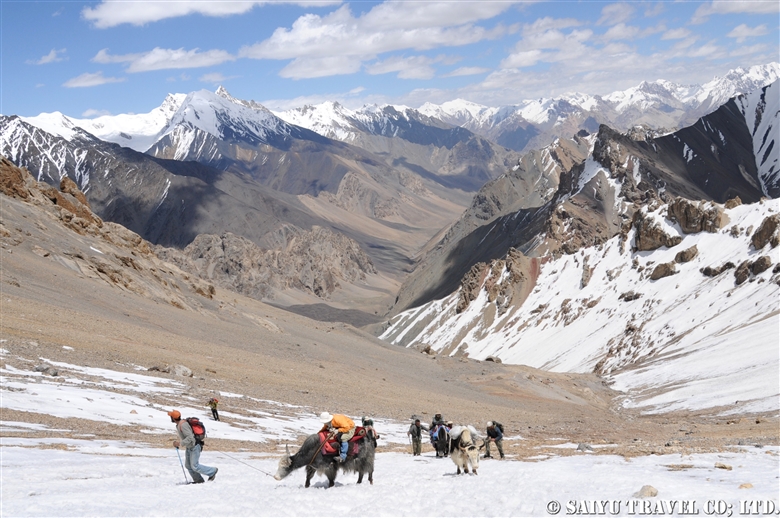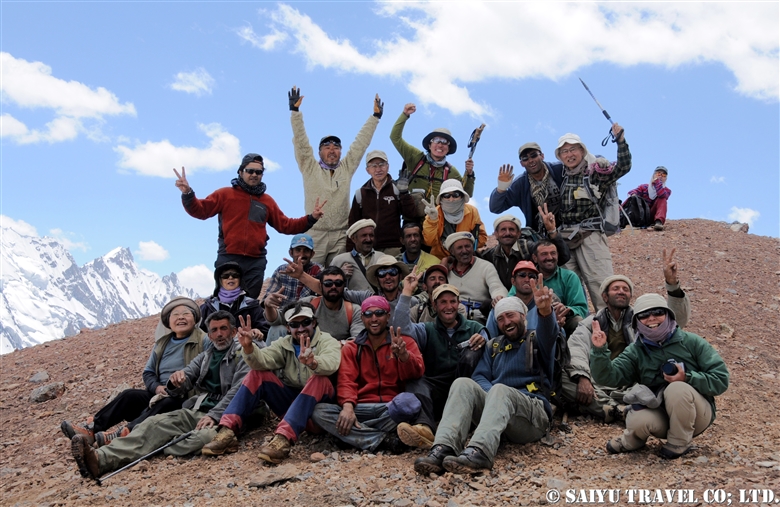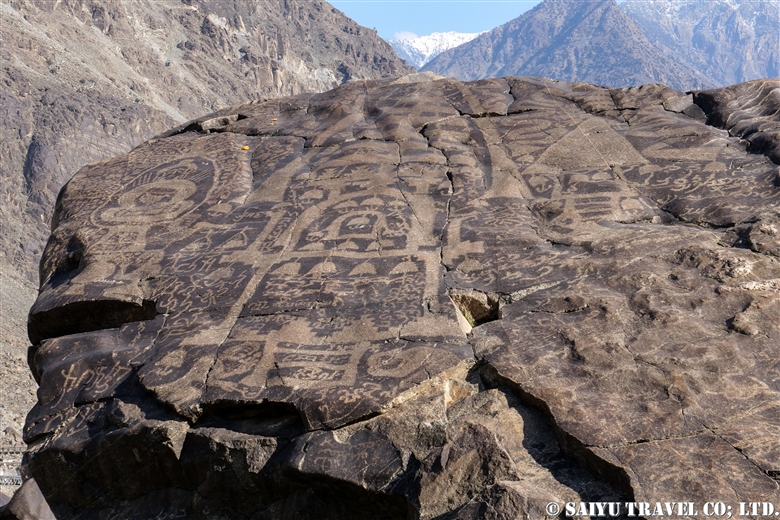
Please visit our latest blog about Shatial Petroglyphs with more detail(2023)
Heading north on the Karakoram Highway as you enter Gilgit-Baltistan, the famous Buddhist archeological sites can be found between the Tangir and Darel Valleys. It is called the Shatial Rock Art Carving/Petroglyphs.
Since ancient times, this area was the point known as the “Old Silk Road” where the Indus River connects to the other valleys as a junction or crossroads.
Shatial has long been famous as a location for the “Ancient Buddhist Rock Carvings,” but even before these carvings were there, the tradition was for travelers, such as merchants and pilgrims, passing through Central Asia would carve their names and times into the rocks. These images of ancient characters (Sogdian or Bactrian) can be found near the bridges of Shatial.

People graze their goats along the banks of the Indus River. Rocks that were weathered down by water and time into sand. This is a place where people used to come to look for gold, but not so much anymore.

Taking the bridge that hangs over the Indus River in the Tangir Valley. Travelers from afar would cross this river during the winter months when the water was low, etching their footprints in the riverbanks. During the Buddhist era, monks and pilgrims would make their way to “Gandhara.” They carved the Jataka tales and Stupas into the large rocks, creating an alter on the riverbanks.

The bridge of Shatial and Art Rock Carvings. Depicted is a stupa and the form of a Buddha carved into the stone.

Motifs of ibex are also engraved on the upper right. Ibex only live in elevations of 3,000m or higher so possibly the travelers saw them on the way along the Hunza River as they crossed the Hindu Kush – Karakoram Mountain range. There are no dates or names of the artists included with each carving, but these are precious relics that pay tribute to the history and people who have lived here since ancient times.

Sadly, the scenery along the Indus river is about to change.
There are two major projects to build dams between Besham and Chilas along the Karakoram Highway. There will be the Dasu Dam and Daimer Basha Dam Hydroelectric Power Plants installed along the river.
Although this plan has been in place for a long time, the construction is proceeding at a very fast pace as there is a shortage of power. This is following a decision to cancel the plans for a coal burning power plant.
Parts of the Karakoram Highway and some villages will be submerged, but along with that the historical features and the lifestyle of the people who live along the Indus river will also be forever altered. It is a great pity that such scenery along this great river will be lost.
Some of the main rock paintings will probably be relocated, but many of them will be submerged.
How much time does this scenery have left?
It was hard to get to and such a long-distance trip to get to see the Karakoram Highway and landscape. But it is in its final countdown.
Will this end up being only a precious memory?
Photo & Text : Mariko SAWADA
Visit: Dec 2020, The Karakorum Highway, Shatial, Gilgit-Baltistan
Tag : Pakistan Travel company , Shatial Rock Carving , Pakistan tour operator , Shatial petroglyph , Pakistan Photography Tour , Karkoram Highway , Pakistan Heritage Tour , the Karakoram Highway , Pakistan Blog , Gandhara , Petrogyph , Pakistan Travel Blog , pakistan buddhist ruins , Indus Caravan , pakistan buddhist tour , Rock art , Indus river , Saiyu Travel , KKH , Saiyu Travel Pakistan , Unesco World Heritage Pakistan










